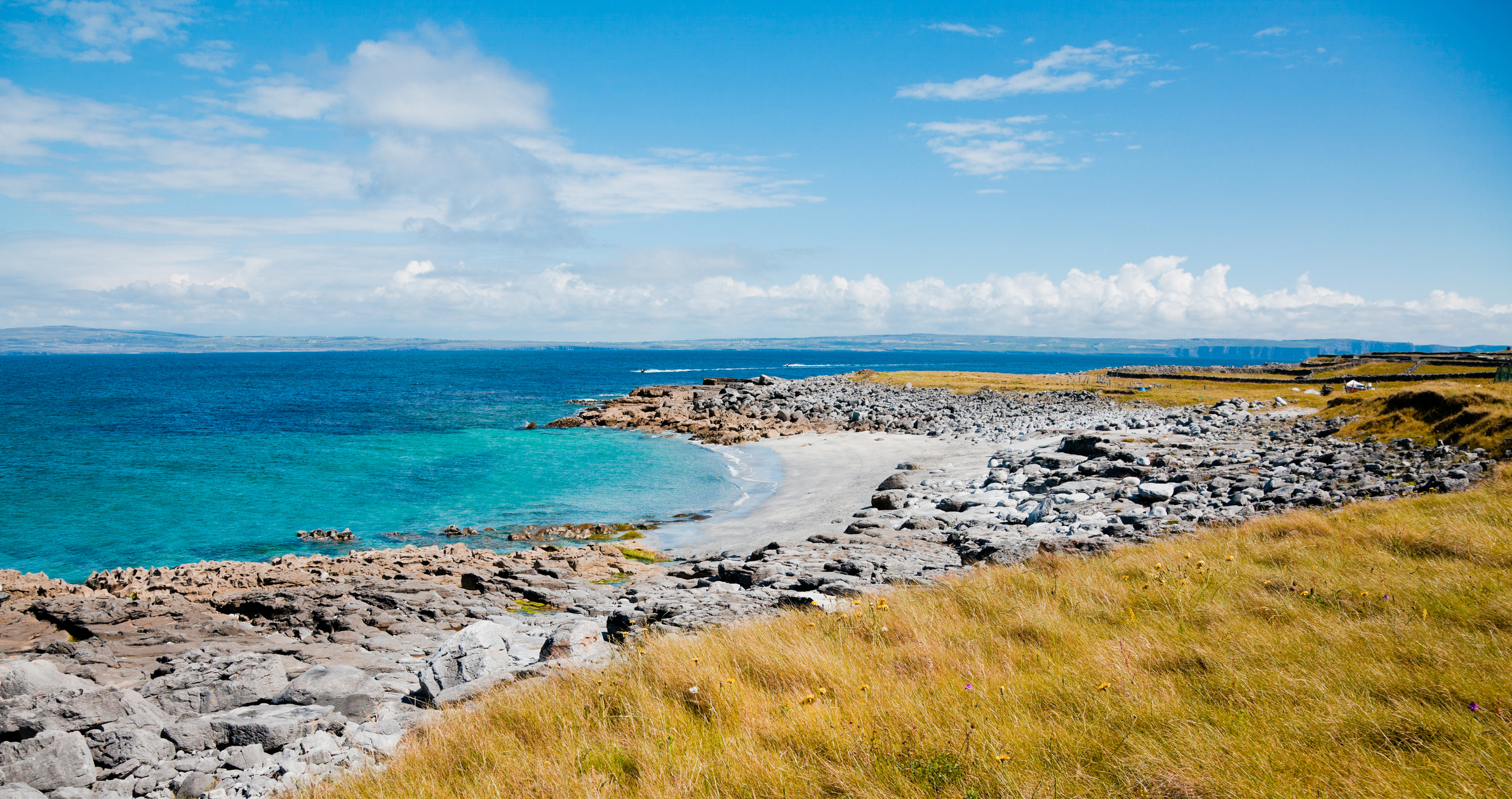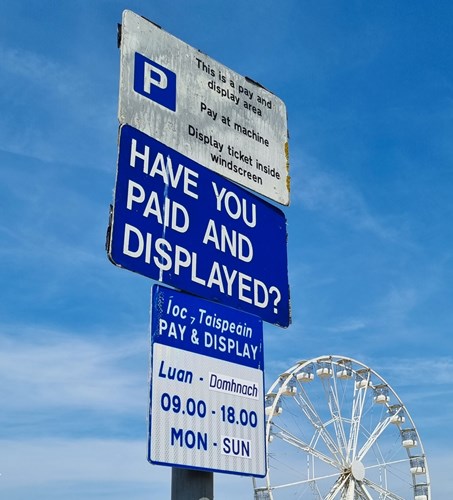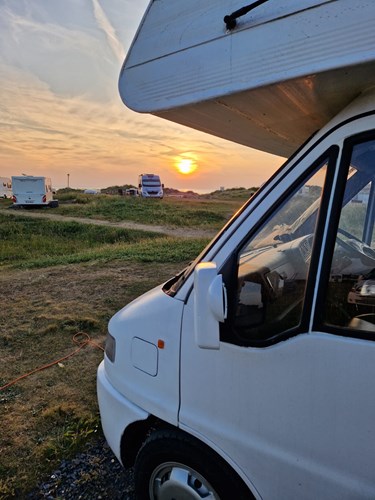
Summer is almost upon us, and as the weather gets warmer earlier than usual, people are preparing for their summer holidays. The Pandemic caused a popularity surge in staycations, a trend that does not seem to be going anywhere with more and more people choosing to travel in their own country and support local tourism. An Irish native, this author decided to take in almost 900km of the Irish West Coast, in a twenty-year-old campervan, with her fiance and mother-in-law-to-be. However, the cramped traveling arrangements were not the most challenging aspect of this trip.
7 days, 895km, 8 counties, one 5.3m Fiat Ducato. With every day of our journey along The Wild Atlantic Way being meticulously planned in terms of route and destinations, one thing that we had failed to consider was parking the aforementioned campervan. Therein lays our content for this week's blog.

As with everything there are pros and cons to the parking situation in rural Ireland. You'll find that at most scenic points there are areas where you can park up, no charge, with plenty of space and a stunning view. This is a welcome change from other areas in Europe that often charge a flat fee for a day's parking or have expensive hourly rates, and allows you time to recharge before the next leg of your journey. These areas, however, do not allow overnight parking and often incur hefty fines or even towing, so checking the signs for the fine print is a must.
With overnight parking, or camper sites, fees are extremely reasonable (approximately €40 a night for parking with charging points, camper facilities, well-lit security monitored parks, washing facilities etc) but need to be booked in advance. Now here starts the downside of Irish parking... most of the online booking process is cumbersome, with no app access but rather online booking via a website which doesn't always adapt well to mobile phones. When you arrive at the park, some access barriers open automatically with LPR, and you can go and get settled, most however, are manned by employees and require personnel to check you in manually. There's no knowing which is which, and that could be confusing for visitors who don't speak the language.
When it comes to onsite parking at tourist hubs, event venues, or inner city attractions... Pay and Display is still king. Whilst most European countries have LPR software and apps to make the parking process seamless and efficient, the rural side of Ireland relies on Pay and Display. The majority of the machines have been updated to accept all major credit cards and contactless payments, but physical tickets are still required to be shown on your vehicles. This could lead to some frustrations amongst visitors who are used to software that is a bit slicker, or have issues reading weather-beaten payment terminals. 
That being said, Ireland boasts some of the most incredible views in the North Atlantic. Taking a coastal route, avoiding motorways and toll roads allows you to see the natural wild landscape of Erins Isle. Crashing seas, crystal clear lakes, secret white sand beaches, remote islands with decades-old shipwrecks, horse and cart rides around untouched vibrant green fields covered in native flora and fauna.... all of this makes up for the frustrations of explaining a Pay and Display meter to your Dutch mother in law.
So! If you are considering taking a road/camping trip, in any country, either by yourself or with family/friends, follow our tips for a smoother journey and parking experience.
- Research and Plan Ahead - Before setting off on your road trip, spend some time researching the areas you'll be visiting. Look for designated campsites, rest areas, or parking spots suitable for campervans along your route. Check local regulations regarding overnight parking or wild camping to ensure you are following the rules and being respectful of the environment.
- Be Mindful of Local Traffic and Road Conditions - Rural areas often have narrow roads, tight corners, or limited visibility. Drive cautiously, especially when approaching bends or blind spots, to ensure the safety of yourself and other road users. Look for wider areas or pull-offs where you can temporarily park your campervan if needed.
- Seek Local Knowledge and Advice - Locals can provide invaluable insights into the best parking spots or hidden gems in the area. Don't hesitate to strike up conversations with friendly residents or fellow travelers to gather recommendations or learn about lesser-known areas where parking might be easier. They may suggest secluded spots with stunning views or lesser-known campsites.
- Consider Remote Camping and Wild Parking - Rural areas often offer the opportunity for remote camping or wild parking in certain regions. Research the specific rules and regulations for wild camping in the area you're visiting, and always practice Leave No Trace principles to minimize your impact on the environment. Remember that remote areas may lack amenities, so plan accordingly by stocking up on supplies and ensuring your campervan is equipped for off-grid camping.
Like this edition of our Blog? Make sure to follow us on Linkedin to have first access to new articles!
Keep an eye on our News section for the most up-to-date news in the Parking Industry!





